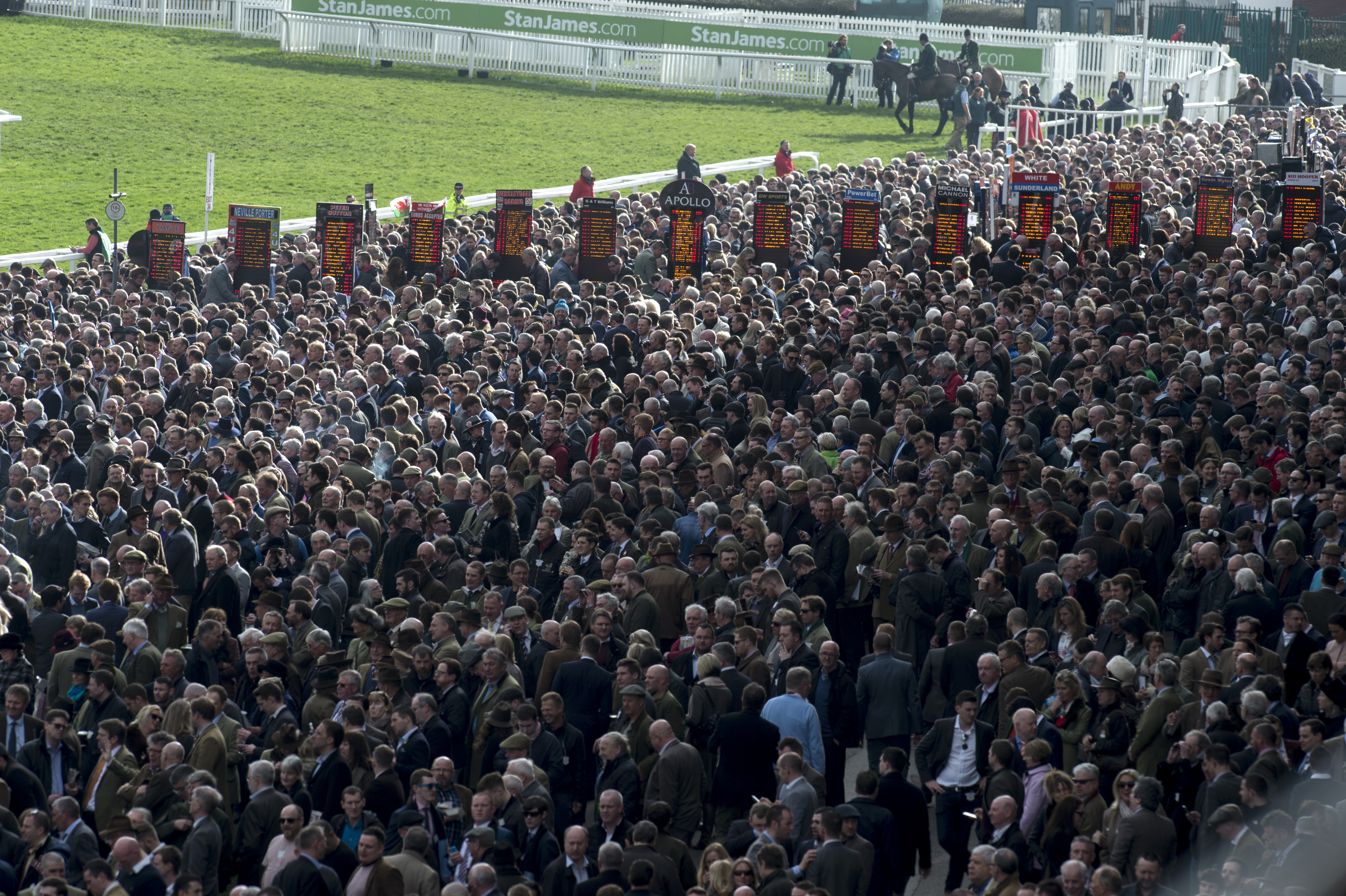
Anthony Van Dyck (pink) was one of six runners in the Derby for Coolmore supremo Galileo – Photo: George Selwyn
The constraints imposed by the commercial market are well known. Unless a breeder possesses the means to play at the top of the market, speed is the trusted route when it comes to stallions and all the better if that comes aligned with two-year-old talent. And so we find ourselves in a position whereby an average sprinter can attract three times the number of mares as a truly talented middle-distance horse.
It’s understandable when the margins are so tight – the middle sector, fuelled by pinhookers, will always latch on to a fast, new horse, making it a safer bet in a market fraught with pitfalls.
But in turn, can any of us be surprised when the sport is then witness to a Derby such as last month’s renewal?
Much of the bloodstock narrative in the lead up to the race focussed on Galileo’s domination. To recap, the Coolmore phenomenon fielded six of the runners, including the eventual winner Anthony Van Dyck. Sons New Approach, Australia, Nathaniel and Noble Mission were also represented, as was his grandson Dawn Approach, whose son Madhmoon ran second.
It was a washout for the home defence as Irish colts filled the first six places. Five of them, including the winner, were trained by Aidan O’Brien. For all that it was another remarkable training feat out of Ballydoyle, it wasn’t the kind of outcome capable of assisting a race struggling to hold its identity on a packed Saturday afternoon of sport.
It did, however, again serve as a reminder of the special place that the Derby continues to hold at Coolmore and Ballydoyle, as it has done since the days of Vincent O’Brien.
“That is why we run so many horses, we always feel they are bred, reared and we try and keep them sound to compete in this race,” commented Aidan O’Brien as he reflected on his seventh Derby winner. “It is the ultimate test in every way, it tests their speed, their stamina and then their mentality as well.
“John [Magnier] always says it is the ultimate test of the thoroughbred and that is why we come here and try and compete every year.”
Unfortunately, it would seem that Coolmore and their associates are sadly becoming isolated in their view.
There were no shortage of opinions as to what might give the Derby a boost in the aftermath of this year’s race. Perhaps, for instance, it is time to look at a revision of the entry system, surely an outdated model given it persists in closing in December of a horse’s yearling year.
However, ultimately the issue rests on the reticence of breeders outside the large owner-breeder operations to produce a middle-distance horse.
MATCHBOOK EBF SERIES A WELCOME BOOST
To that end, it was good to see the Matchbook European Breeders’ Fund (EBF) Future Stayers’ Series so well received upon its launch at York recently.
The BHA and British EBF created a series of maiden and novice races for the staying-bred juvenile back in 2015 in response to a review by the British Horseracing Authority’s Flat Racing Committee that highlighted a lack of opportunities for such types. The series was enhanced last year to cover the progeny of mares who have won over ten furlongs or more.
Now in the introduction of the Matchbook EBF Future Stayers’ Series, yet another boost is on the way.
Betting exchange Matchbook will match the EBF’s prize-money contribution and put in place a £100,000 bonus for any winner from the series who goes on to win a Group 1 as a three-year-old over ten furlongs or more in Britain and Ireland. Worth a total of £283,000, the series consists of 16 races, all with a minimum prize value of £14,000 over a minimum distance of seven furlongs, and runs from August to December.
“There is an increasingly worrying bias towards breeding and buying for speed,” said Kerry Murphy, Chief Executive of the EBF. “These races are programmed as ideal opportunities for our future middle-distance and staying champions.
“The EBF are delighted to support these races and team up with Matchbook and the racecourses in ensuring that the funds provided reach those that produce the horses.”
On hand to promote the initiative at York was trainer Hugo Palmer. “This is really important for the industry. To have a series where there is an opportunity for stouter-bred horses to run for plentiful prize-money in the scheme in this country is a fantastic initiative,” he said. “It’s much easier to dream if you’ve won one of these races, and then you start dreaming about the bonus.”
The bonus is winnable, as highlighted by the fact that it would have been landed by Cracksman – himself successful in a sire-restricted race at Newmarket in October 2016 – had it been in operation. Other graduates of the series include Line Of Duty, Stradivarius and Bangkok, and no doubt more in possession of similar talent will emerge when it kicks into gear again later this season.



